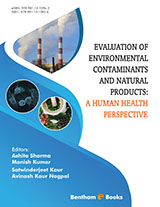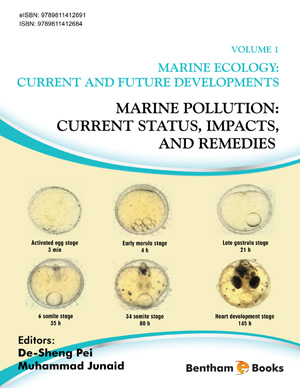Abstract
India, one among the mega biodiversity countries is considered as the homeland of most diverse and rich traditional/tribal knowledge systems because of its unique cultural expressions which are directly or indirectly associated with biodiversity. The available information shows that there are 350-400 million tribal people residing in 1.73 lakh villages located in and around the forest areas of India. In spite of implementing various local/national/international programmes, the socio economic conditions of these communities are still not much improved due to various reasons like poor implementation of different welfare programmes, increased rate of exploitation, non-scientific collection of natural bio resources, lack of scientific approach on the part of the planners, policy makers, and administrators in understanding the real problems and aspirations of local/tribal communities. Therefore, we have adopted a new multi-disciplinary integrated approach with a view to upgrade their skills, technologies and to make them capable of meeting the changing needs of the communities. In this communication, the authors envisioned some of the activities like creating mass awareness by capacity building programmes among the target group through biodiversity management committees, developing user friendly data base on Peoples Biodiversity Register (PBR), implementation of various biodiversity conservation strategies, development of best practises, training on systematic and sustainable collection of Non Wood Forest Produce (NWFP), semi processing, value addition and marketing of medicinal/edible/aromatic plants. Further, introducing entrepreneurial capacity building programme and establishment of a ‘Trust’ under the patronship of BMC to implement various activities related to biodiversity conservation and sustainable utilization are also envisaged. Apart from this; the authors highlighted the functioning and connectivity of BMC for providing better livelihood opportunities to tribal/local communities through implementing Access and Benefit Sharing (ABS), programme.
Keywords: Access and benefit sharing, Medicinal and aromatic plants, People’s biodiversity register, Sustainable utilization, Traditional knowledge.









